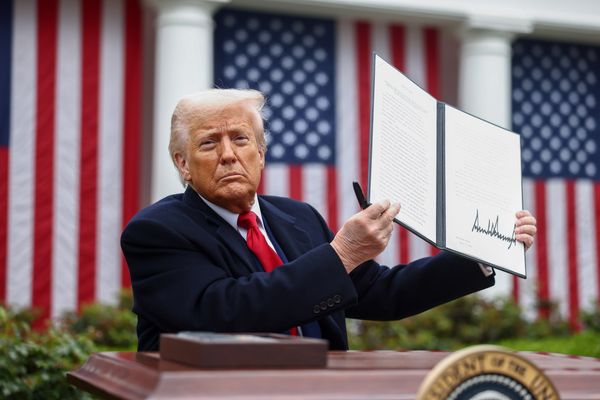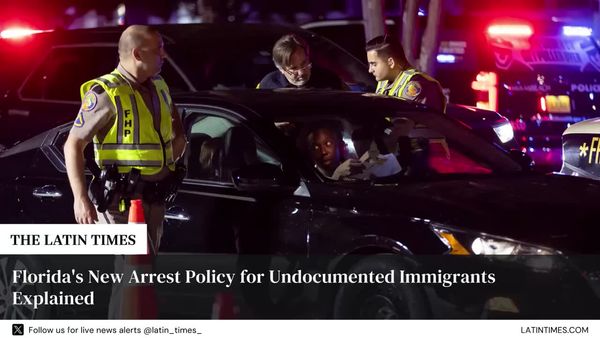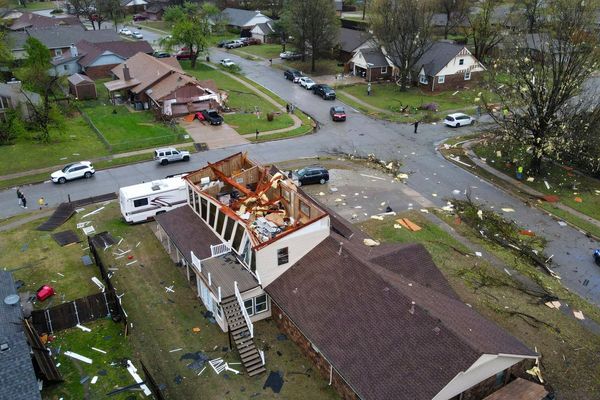
A horse figurine with a broken leg, a teacup in many pieces, an anatomy book missing half an illustration — these are among the broken objects that have inspired or will be part of multimedia artist Tanya Gill’s November exhibition (working title “Mend, Broken, Yet Whole”) at the International Museum of Surgical Science. The culmination of an artist residency that began in February, the show will include work on objects that have been found, loaned or sent to her to be mended and to have their stories told.
Gill, 53, invited the Sun-Times to her Pilsen studio at Mana Contemporary Chicago, 2233 S. Throop St., to talk about her process and the relationship between art and healing.
The conversation below has been lightly edited for length and clarity, with additional details provided by telephone after the interview.
What led you to become an artist?
At age 5, I declared I was going to be an artist. And I never wavered, except for around 12, when I was going to be a vet and an artist. Of course, I didn’t really know what that meant, but I knew it meant I could draw.
What was your pitch to the museum?
For a long time, I’d been working with darning and thinking about mending. If you have a fabric, and you fill that hole, then at the end you have a whole. I’d been thinking a lot about how you can mend and alter something, and it’s still whole. I made the first piece for “Mend” in 2021. For the proposal, I extended the idea to objects and to doing creative, non-functional mends to domestic objects.

What will be on display?
There are some objects that have been gifted to the project where the person has already mended it themselves. Those will be on display just as they are. And there’s a few objects that I think in their broken state, just aesthetically, don’t need any intervention from me. And so those objects will be there not mended, and then there’ll be the objects that have been mended.
Your show will be in November, but your residency started in February. What has happened so far?
I’m using the summer to prepare the pieces for the show, but it really is a research residency. In the spring, I researched skin grafts, transplants, organ transplants and neurology.
How do those topics interact with “Mend”?
In a skin graft, you’re taking something from another part and adding it to a place where it’s not supposed to be, but then it heals. And it mends. The end result is, it’s whole.
So how do you actually do the mending?
I darn. I weave. I paint. One example is a figurine horse with broken legs, where I have woven legs for it. With paint, I use paper to construct the form and then paint it.
How would you describe your process in creating the art for “Mend”?
The first step is collecting the objects — asking people either to donate or loan an object. I’m also on the lookout myself, going to flea markets and thrift stores looking for broken objects. Once I have the objects, I spend time with them and get to know them and their material qualities, and I think through what feeling do I want to bring out in that object. Sometimes I do sketches to come up with different thoughts. An example is I had a madonna figure with a missing hand on my studio table for months, and I wasn’t sure how to mend her. Then it came to me that the answer was mittens. Once the mend is done, I spend time with the object to make sure it was the right mend before I present it to the public.

You use the phrase “collapsing environments.” What does that mean to you?
We all are broken in some way. We adapt and mend ourselves to keep moving forward. Even if we’re physically in good shape, we alter our behavior to fit in society. Then we have the climate emergency, and social systems, the medical system and the justice system — these are all collapsing environments I want to engage.
Does your own health affect your work?
My own health situation is my core, where I start. I have two autoimmune conditions. And they’re demanding. I’ve often been in situations where I’ve thought I was doing one thing, and all of a sudden life is totally changed.
So how do you create a path to healing?
People gift objects and share stories, and that creates a space for contemplation. And that is healing.
Is that about your own healing?
It definitely has to do with my own trauma and healing. I’m definitely reenacting that and making it physical. But that’s not my ultimate goal. My ultimate goal is to connect with others and have conversations and dialogue about mending, about healing, about repair, whether that is something in the body that’s medical or something else. So many people have disabilities and trauma that aren’t visible. So if I make that visible, it gives us a starting place for that conversation.
I am also planning a workshop at IMSS in December with art therapist Savneet Talwar from the School of the Art Institute. The workshop will directly address using stitching for emotional healing.
It seems that stories are at the core of the work.
When people are gifting or loaning me objects, I hear these stories. People feel it’s a safe place to give something they’ve been holding on to for a long time.
An example is a figurine of two mourning doves, where one of them has broken off. It belonged to the grandmother of the man who gifted it to me, and it’s precious to him. Years ago, when his son was 2, the son broke it, and the man put it in a drawer. Now, he decided this was the right place for it to be.
Then there are the two people who gave me spoons from their kitchens. One person was very upset when her spoon broke, as it was her favorite. And then someone else gifted me a really beautiful wooden spoon.
The model horse with its leg repaired was sent from the East Coast. The giver said it was her brother’s, and he passed away when he was 19. She’s been holding on to it for 25 years.
The horses which started this whole project were the horses in my bedroom when I was 12. And they came back to me recently, because my father packed up the house. I opened up a box, and there they were with their broken legs.
How are people hearing about you and offering objects?
I’ve put it out on my social media, and the museum put it out on their social media, and if you go visit the museum, they also have signs up asking for objects.
Who do you want to reach with this show?
I want to reach a larger community. Normally when I exhibit, it is at an art venue and reaches the art community. At the museum, people come from all professions and locations, including students and people connected to the medical field. And then you also have artists, because the museum really is a marriage of art and medicine.
You’ve lived in Northern California, India and Chicago. How have those places defined you?
India has had the most influence. I married into an Indian family, and so my first visit to India was for my wedding. Then I was there as a Fulbright in 2012. That’s when I started working with the master darners, who are known as rafoo masters. In India, darners are at every dry cleaner. It shifted my work into the textile realm. Then, I’m from Northern California — that’s probably just my core. And Chicago is such a vibrant art community. I love being an artist in Chicago.
Tanya Gill’s exhibit is scheduled to run Nov. 10, 2022, to Feb. 11, 2023, at the International Museum of Surgical Science, 1524 Lake Shore Drive. General admission of $18 includes the show.







